skilpod.com / blog
sustainability — is it still a good idea to install solar panels?
First things first: of course it still makes sense to invest in solar panels for your Skilpod, because they contribute to a healthier planet. But we understand it’s easier to do the right thing for the planet, when it’s also the right thing for your wallet. Is this still the case now that the reverse meter will be phased out?
what actually happened?
People with solar panels and an analogous electricity meter had access to a very beneficial system: when they consumed electricity, the meter counted up, but when their solar panels produced more electricity than they consumed, they sent it into the electricity grid and the meter counted back down.
In winter, solar panel owners use more electricity than in summer, just like everyone else. There’s less sun, so they produce less energy, all while the heating is turned up, the lights are on longer, they’re home much more and if they have an electric car, it has to be charged more often. In summer they produce much more electricity than they can use and they pushed a lot of it onto the grid. Because the final bill is calculated over the entire year, the solar panel owners often ended up with 0 usage in total and only paid for the use of the grid.
The new digital meter, which will be installed everywhere, not just for people with solar panels, will register input and output separately. Solar panel owners will pay the regular price for the electricity they consume. For the electricity they put back on the grid, they will receive a fee, but this is lower than the consumption price. This means it will take longer to earn back their investment.
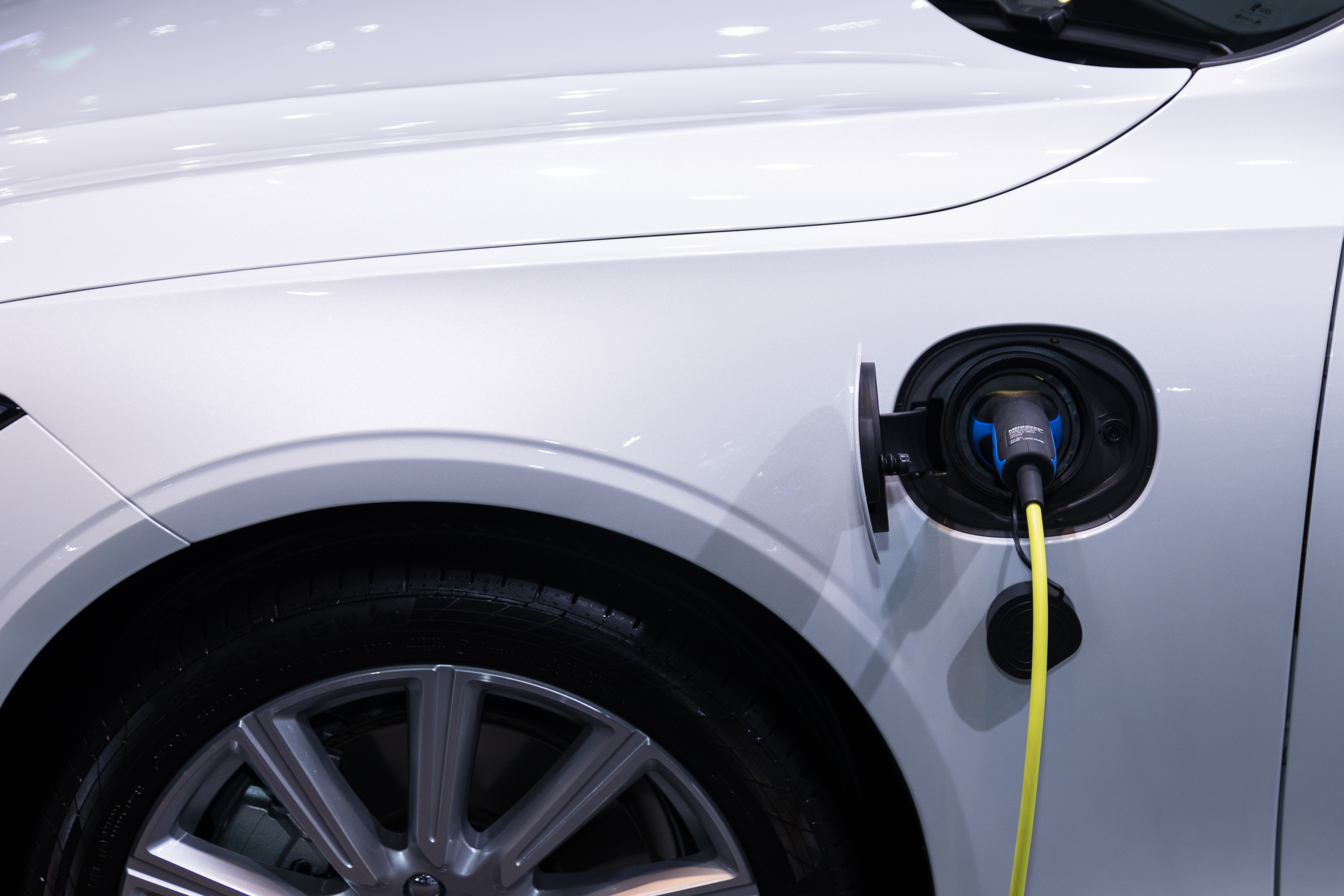
why this new system?
Because that stubborn sun refuses to adapt to our lifestyle, we are stuck with the unbalanced situation described earlier. At moments of peak production, we all need less electricity, so the grid can get overburdened. There are two possible solutions: improve the grid and flatten the peaks.
From January first, 2022, we’ll all enter a new payment system, including people without solar panels. We’ll get rewarded if we spread out our electricity usage and pay more when we induce peaks. This means we all need a meter that registers our usage very precisely.
In this new system, people with solar panels will also be contributing more to the renewal of the electricity grid. In the old system, this burden was mostly carried by consumers without solar panels. This is a more equitable system.
what does this mean when I want to purchase a Skilpod?
When you buy a new home, you’ll automatically enter the new system. There’s no way to go back to the old system. You’re also not eligible for any compensations by the government regarding the switch to the new system.
Since 2023, 8 solar panels of 405 Wp are included in our standard price for every Skilpod. So you already benefit from those. And you can also choose to add more solar panels. Our flat roof is ideal for capturing maximum sunlight. We also always provide space for a home battery, if you would like to use it immediately or in the future.
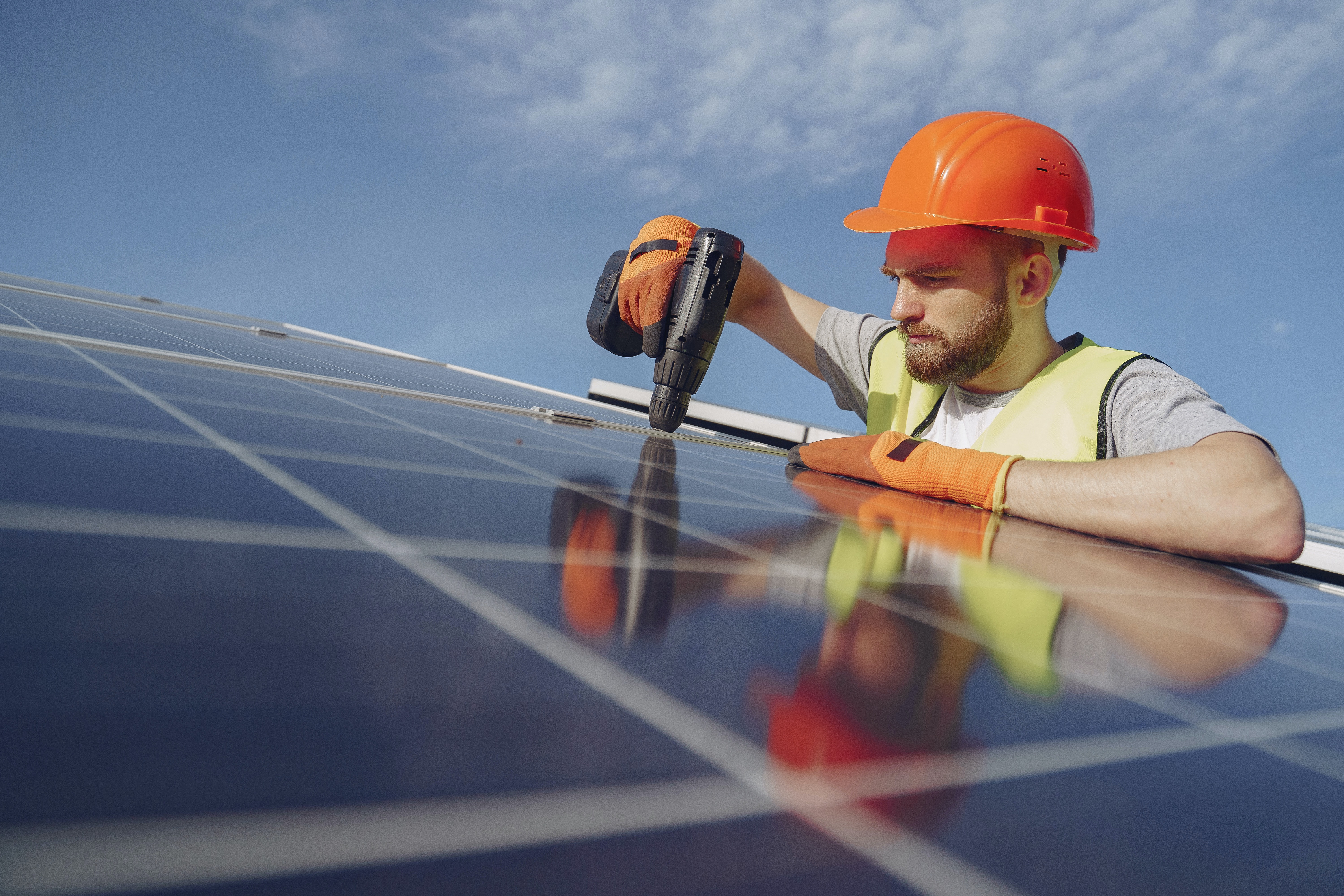
are solar panels a good investment?
Yes, no doubt about it, you’ll still earn back your investment. It’ll only take a little longer than before.
Solar panels will last at least 20 years. The fee you get for putting electricity on the grid is estimated at 3 cents per kilowatt-hours. With average use, it’ll take 10 – 13 years to earn back your solar panels, compared to less than 10 years on the old system.
In addition to this, solar panels also reduce your E-level, which gives you fiscal benefits. With the current set of solar panels, most of our Skilpods reach an estimated E-level of around E10. In 2024, this certainly gets you the fiscal benefit of a 50% reduction on your cadastral income. To be completely exempt from the cadastral income for 5 years, you need to have an E-level below E10. You can always ad a few extra panels to make sure your definitive E-level is below E10.
More about the calculation of the E-level >
In addition to this, you can invest in a home battery. This device is interesting in and of itself, because it allows you to rely more on the electricity you produce yourself. It'll be even more relevant from 2022 on, because you can use it to even out the peaks in your consumption, without the financial penalty.
We designed all Skilpods to have room for a home battery in the storage area.
how much does a combination of solar panels and a home battery cost?
It all depends on how many solar panels you want and what the capacity of your home battery will be. As we've stated above, 8 solar panels are already included in the prices you see on the website and will reduce your E-level to around E10.
If you want to get a calculation for a different setup, for example to reduce your E-level to 0, we'd love to help you. Don't hesitate to contact us.
Originally published: 21 January 2021, latest update 1 March 2024
more about sustainable building
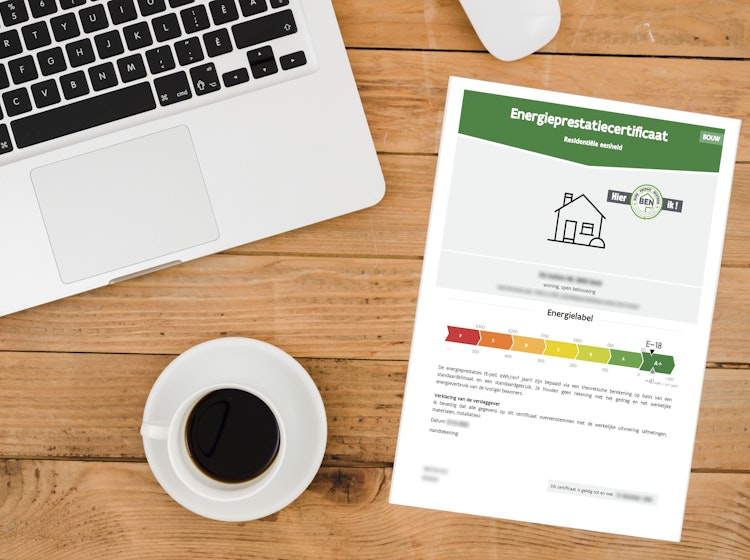
sustainable building — E-levels, EPCs, energy neutral apples and orangesAre Skilpods energy neutral? What is the E-level of a Skilpod? Or the EPC? We're happy to clarify it for you, so you know what you're comparing.
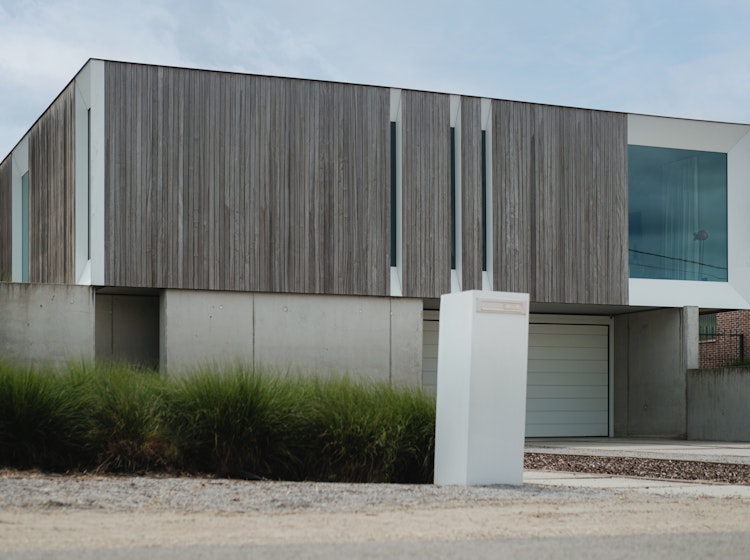
sustainable building — prefab is anything but a one-hit wonderDoes a prefab house last as long as a brick house? What is the lifespan of prefabricated houses, and what factors determine it?
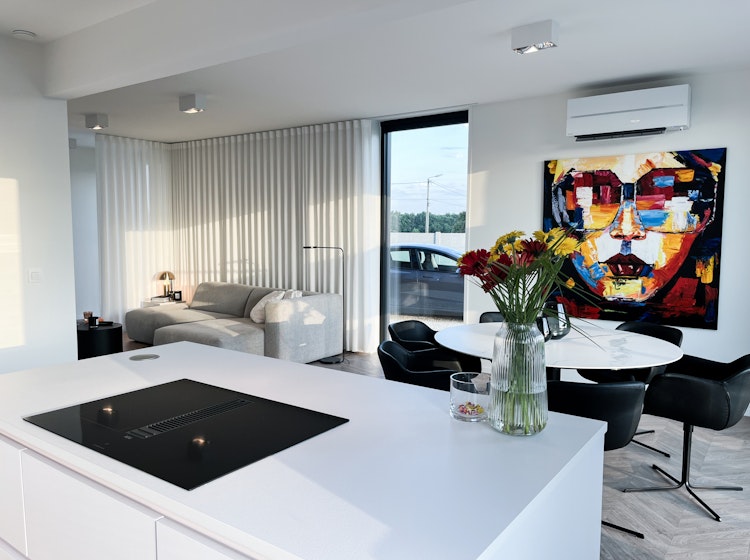
sustainable building — why Skilpods are completely gas-freeGas-free living - also known as all-electric - simply means you no longer use natural gas in your home. That mainly impacts heating, hot water and how you cook.